-
 bitcoin
bitcoin $102877.190955 USD
1.88% -
 ethereum
ethereum $3430.435064 USD
4.52% -
 tether
tether $0.999264 USD
-0.05% -
 xrp
xrp $2.307310 USD
4.49% -
 bnb
bnb $987.740692 USD
3.82% -
 solana
solana $161.947760 USD
3.97% -
 usd-coin
usd-coin $0.999712 USD
-0.05% -
 tron
tron $0.292810 USD
2.93% -
 dogecoin
dogecoin $0.179738 USD
10.70% -
 cardano
cardano $0.580716 USD
8.75% -
 hyperliquid
hyperliquid $42.463448 USD
8.40% -
 chainlink
chainlink $15.763437 USD
7.05% -
 zcash
zcash $649.595636 USD
17.21% -
 bitcoin-cash
bitcoin-cash $511.610261 USD
7.19% -
 stellar
stellar $0.292537 USD
7.91%
How to secure my assets when interacting with a smart contract?
Smart contracts are immutable and transparent, but vulnerabilities in code can lead to irreversible losses if exploited—always verify, audit, and limit permissions.
Nov 08, 2025 at 03:20 pm
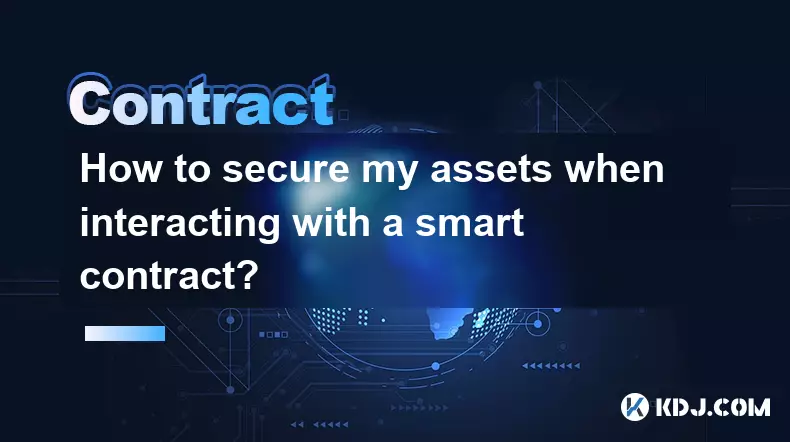
Understanding Smart Contract Risks
1. Smart contracts operate on blockchain networks and execute automatically based on predefined code. While this automation reduces reliance on intermediaries, it also introduces unique risks. Once deployed, a smart contract cannot be altered, meaning any vulnerabilities in the code remain exploitable indefinitely.
2. Common threats include reentrancy attacks, integer overflows, and logic flaws that can lead to unauthorized fund transfers. Attackers often exploit these weaknesses during high-traffic periods such as token launches or yield farming events.
3. Open-source nature of many smart contracts allows transparency but also enables malicious actors to study and reverse-engineer potential entry points. Contracts with unaudited or poorly documented code increase exposure to such threats.
4. Users frequently assume that interacting with well-known platforms guarantees safety, yet even reputable projects have suffered breaches due to third-party integrations or outdated dependencies.
5. The irreversible nature of blockchain transactions means that once assets are lost through a compromised contract, recovery is nearly impossible without external intervention or protocol-level rollback—something most decentralized networks do not support.
Verifying Contract Authenticity
1. Always confirm the official contract address through multiple trusted sources such as project websites, verified social media accounts, and community forums. Scammers often deploy fake contracts with names and symbols mimicking legitimate tokens.
2. Use blockchain explorers like Etherscan or BscScan to check if the contract has been marked as verified. Verified contracts display readable source code, which allows for inspection of key functions and security mechanisms.
3. Look for audit reports from recognized firms such as CertiK, PeckShield, or Quantstamp. These audits highlight potential vulnerabilities and whether they were addressed before deployment.
4. Check the contract’s transaction history and holder distribution. Sudden spikes in transactions from unknown wallets or highly concentrated ownership may indicate manipulation or exit scam risks.
5. Never interact with a contract simply because it appears in a popular wallet interface or DApp browser without independent verification.
Using Wallet Safeguards
1. Enable transaction simulation features available in advanced wallets like MetaMask Portfolio or Rabby. These tools preview the actual effects of a contract interaction before signing, revealing hidden approvals or unexpected token movements.
2. Limit approval amounts when granting spending rights to contracts. Instead of approving unlimited token access, set specific caps using tools like Revoke.cash or built-in wallet controls.
3. Regularly review and revoke unused token approvals. Dormant permissions can become entry points if the associated contract gets compromised later.
4. Utilize hardware wallets for signing critical transactions. Devices like Ledger or Trezor isolate private keys from internet-connected environments, reducing exposure to phishing and malware attacks.
5. Treat every contract interaction as potentially risky—even if it's from a previously trusted platform after an update or new feature release.
Monitoring and Incident Response
1. Subscribe to real-time alerts via services like BlockSec or Chainalysis Sentinel. These monitor wallet activity and flag suspicious interactions with known malicious addresses or newly flagged contracts.
2. Join official project communities to stay informed about emergency announcements, contract upgrades, or detected exploits. Rapid awareness can prevent further asset exposure.
3. Maintain separate wallets for different levels of engagement: one for experimental DApps and another strictly for holding valuable assets.
4. Document all interactions including timestamps, gas costs, and function calls. This information aids forensic analysis in case of loss and supports reporting to blockchain analytics teams.
5. Immediate action upon detecting unauthorized activity includes halting all interactions, revoking approvals, and transferring remaining funds to a fresh wallet.
Frequently Asked Questions
What should I do if I sent funds to a suspected scam contract?Stop all further interactions immediately. Check the contract on a blockchain explorer to verify its legitimacy. If confirmed malicious, report the address to platforms like Etherscan and your wallet provider. Recovery options are limited, but tracking tools might help monitor if funds move.
How can I check if a smart contract has been audited?Visit the project’s official website and look for audit sections. Cross-reference findings on auditor websites. On-chain, some contracts include links to audit reports in their metadata. Blockchain explorers often list audit status alongside verification details.
Is it safe to approve a token for use on a decentralized exchange?Approvals carry risk. Only grant them on interfaces you trust after verifying the contract address. Prefer platforms offering granular approval settings. Treat each approval as temporary access that should be revoked after use.
Can a verified contract still be dangerous?Yes. Verification confirms the published code matches the on-chain version but does not guarantee security. The code itself might contain bugs or design flaws. An unpatched vulnerability in verified code remains exploitable despite transparency.
Disclaimer:info@kdj.com
The information provided is not trading advice. kdj.com does not assume any responsibility for any investments made based on the information provided in this article. Cryptocurrencies are highly volatile and it is highly recommended that you invest with caution after thorough research!
If you believe that the content used on this website infringes your copyright, please contact us immediately (info@kdj.com) and we will delete it promptly.
- Ripple (XRP) in 2026: Hold or Fold? A Look at XRP's Future and Emerging DeFi Alternatives
- 2025-11-08 18:35:01
- Zcash ZEC Coin Price Explosion: From Privacy Niche to Center Stage
- 2025-11-08 18:55:01
- Berachain Price Prediction: Navigating the Honeycomb Hype in Crypto
- 2025-11-08 18:55:01
- Arthur Hayes, Gold, and Bitcoin: A Modern Monetary Trinity?
- 2025-11-08 19:15:01
- Shiba Inu's Next Move: Navigating a Shifting Market
- 2025-11-08 19:20:01
- Pakistan's Crypto Crossroads: Balancing Opportunity with Asset-Backed Realities
- 2025-11-08 19:20:01
Related knowledge

What is a state machine and how can a contract be designed as one?
Nov 08,2025 at 02:19pm
Understanding State Machines in Blockchain Context1. A state machine is a computational model used to design systems that transition between defined s...
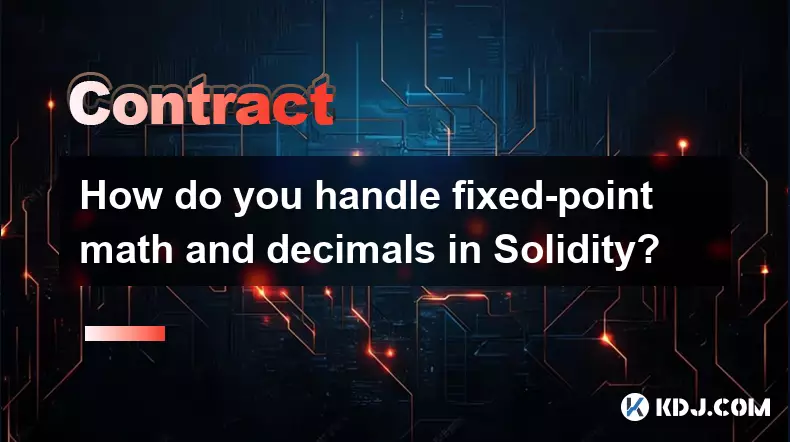
How do you handle fixed-point math and decimals in Solidity?
Nov 08,2025 at 11:40pm
Understanding Fixed-Point Arithmetic in Solidity1. Solidity does not natively support floating-point numbers, which means developers must rely on fixe...
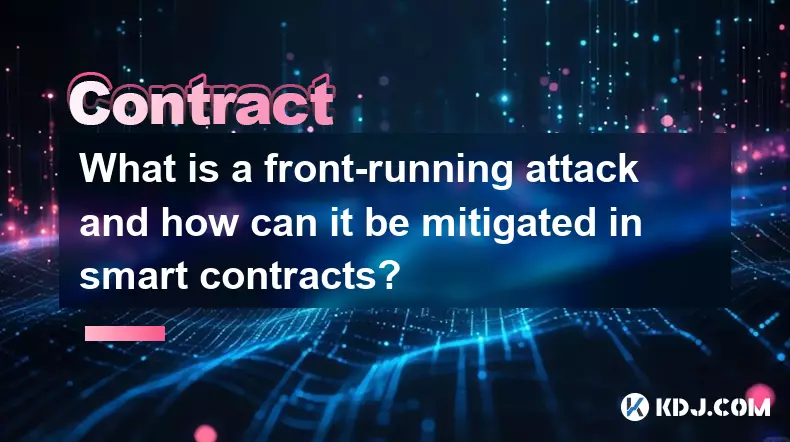
What is a front-running attack and how can it be mitigated in smart contracts?
Nov 08,2025 at 11:20am
Understanding Front-Running in Blockchain Transactions1. In the context of blockchain and decentralized applications, a front-running attack occurs wh...
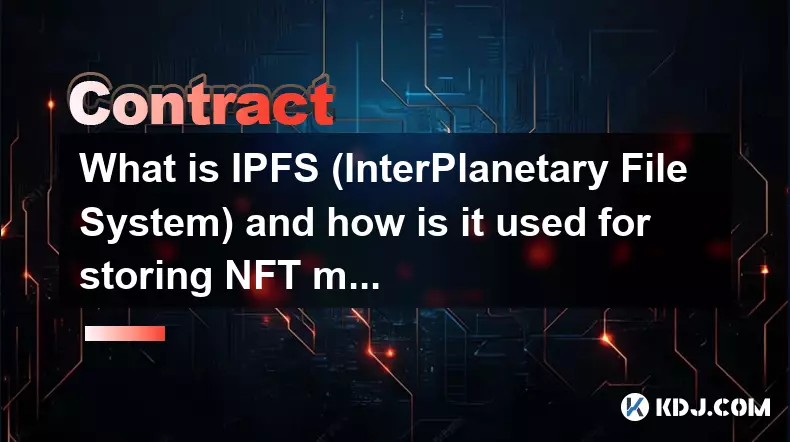
What is IPFS (InterPlanetary File System) and how is it used for storing NFT metadata?
Nov 08,2025 at 06:00pm
Understanding IPFS and Its Role in Decentralized Storage1. The InterPlanetary File System (IPFS) is a peer-to-peer hypermedia protocol designed to mak...
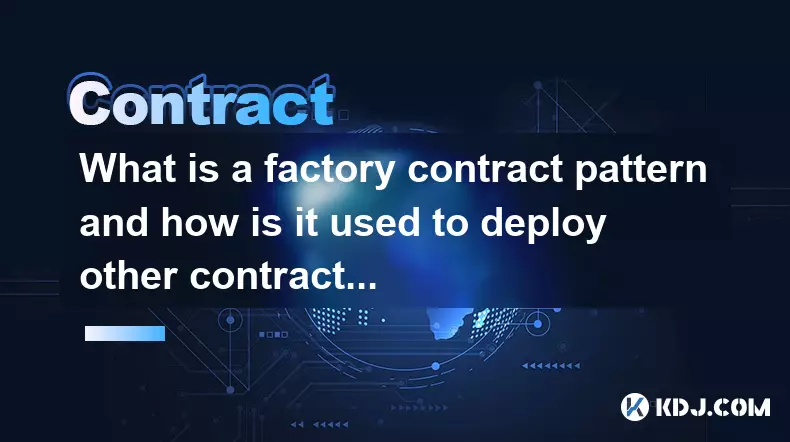
What is a factory contract pattern and how is it used to deploy other contracts?
Nov 08,2025 at 04:39pm
Understanding the Factory Contract Pattern in Blockchain DevelopmentThe factory contract pattern is a design approach used in smart contract developme...

What are flash loans and how do they allow for uncollateralized borrowing?
Nov 08,2025 at 10:39am
Understanding Flash Loans in Decentralized Finance1. Flash loans represent a novel innovation within the decentralized finance (DeFi) ecosystem, enabl...

What is a state machine and how can a contract be designed as one?
Nov 08,2025 at 02:19pm
Understanding State Machines in Blockchain Context1. A state machine is a computational model used to design systems that transition between defined s...

How do you handle fixed-point math and decimals in Solidity?
Nov 08,2025 at 11:40pm
Understanding Fixed-Point Arithmetic in Solidity1. Solidity does not natively support floating-point numbers, which means developers must rely on fixe...

What is a front-running attack and how can it be mitigated in smart contracts?
Nov 08,2025 at 11:20am
Understanding Front-Running in Blockchain Transactions1. In the context of blockchain and decentralized applications, a front-running attack occurs wh...

What is IPFS (InterPlanetary File System) and how is it used for storing NFT metadata?
Nov 08,2025 at 06:00pm
Understanding IPFS and Its Role in Decentralized Storage1. The InterPlanetary File System (IPFS) is a peer-to-peer hypermedia protocol designed to mak...

What is a factory contract pattern and how is it used to deploy other contracts?
Nov 08,2025 at 04:39pm
Understanding the Factory Contract Pattern in Blockchain DevelopmentThe factory contract pattern is a design approach used in smart contract developme...

What are flash loans and how do they allow for uncollateralized borrowing?
Nov 08,2025 at 10:39am
Understanding Flash Loans in Decentralized Finance1. Flash loans represent a novel innovation within the decentralized finance (DeFi) ecosystem, enabl...
See all articles





















![The Graph Price Prediction [GRT Crypto Price News Today] The Graph Price Prediction [GRT Crypto Price News Today]](/uploads/2025/11/07/cryptocurrencies-news/videos/690d4df44fe69_image_500_375.webp)



















































